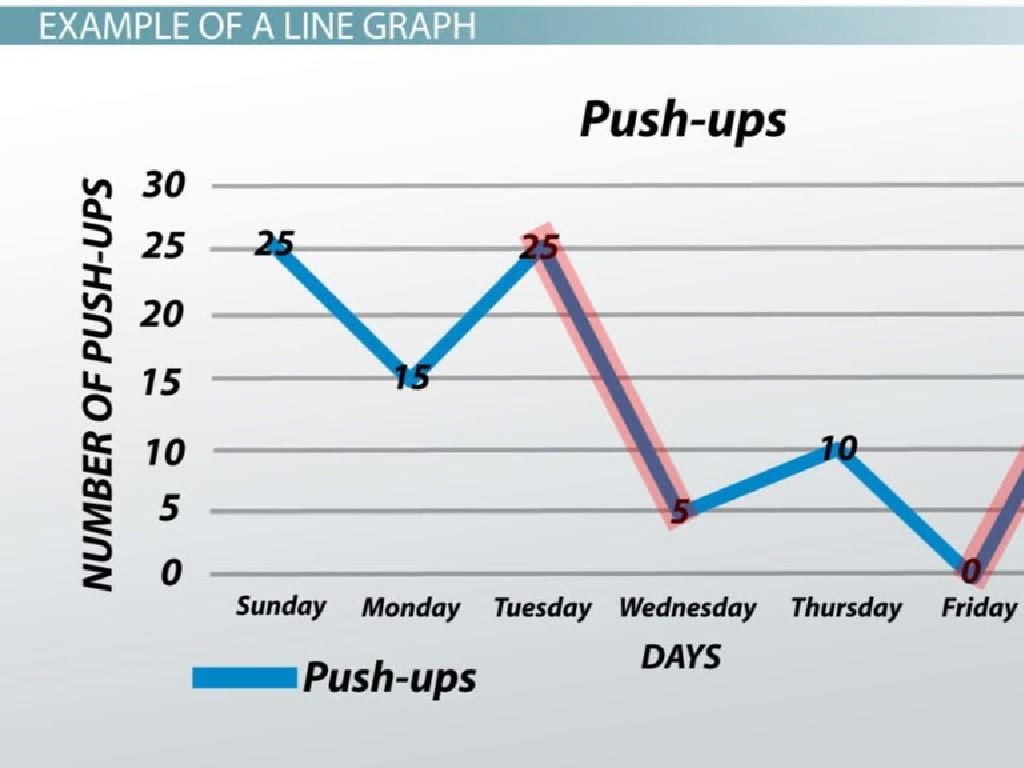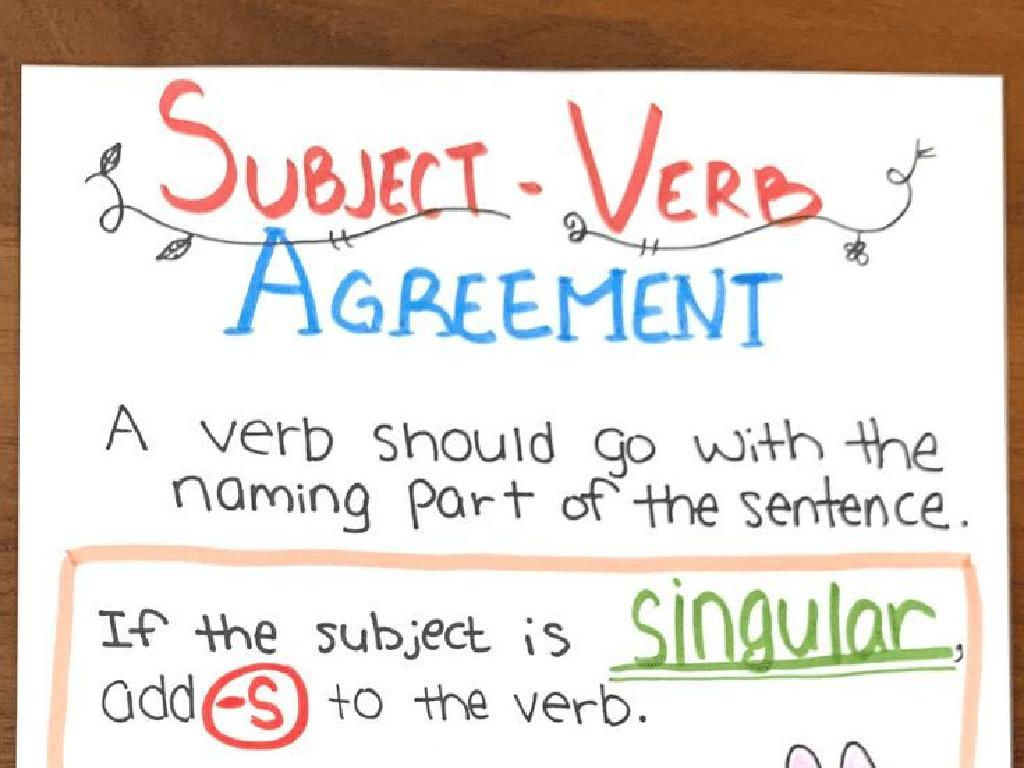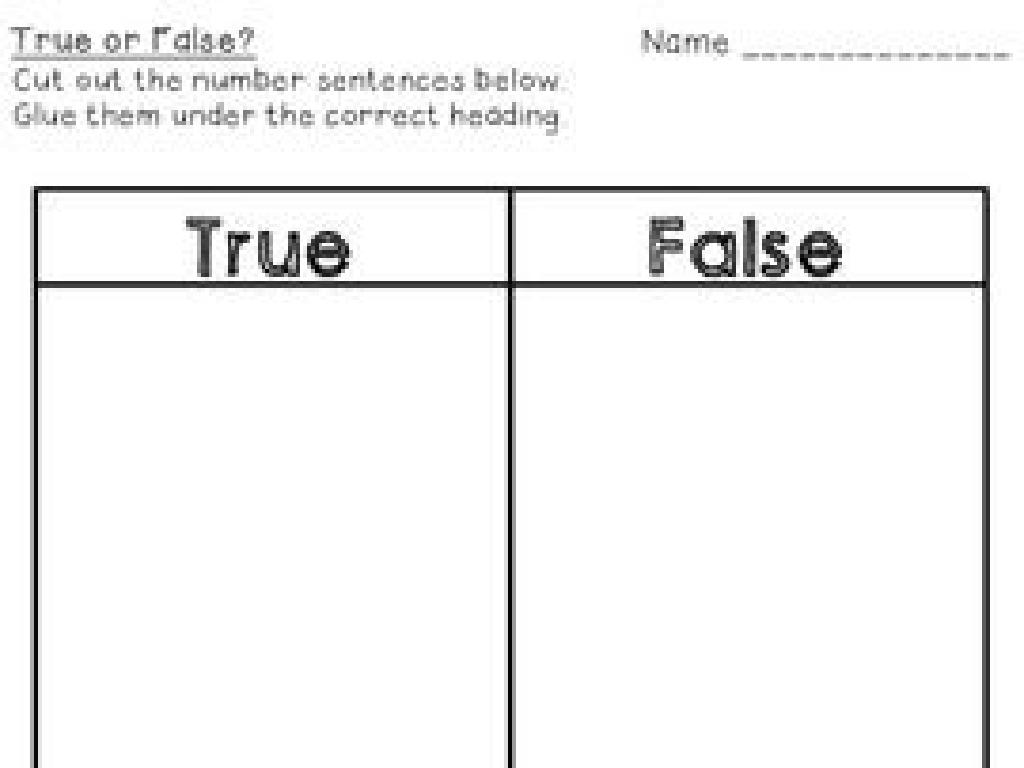Identify Magnets That Attract Or Repel
Subject: Science
Grade: Fifth grade
Topic: Magnets
Please LOG IN to download the presentation. Access is available to registered users only.
View More Content
Welcome to the World of Magnets!
– Understanding magnetism
– Magnetism is a force that can attract or repel certain materials.
– Attraction vs. repulsion
– Magnets attract when opposite poles face each other, repel when like poles do.
– Identifying magnetic interactions
– We’ll learn how to tell if magnets will attract or repel each other.
– Overview of today’s lesson
|
Begin the lesson by explaining magnetism as a force that can either pull objects together (attract) or push them apart (repel). Use simple language to describe how opposite poles of magnets attract, while the same poles repel each other. Provide everyday examples of magnetism, such as fridge magnets or magnetic clasps on purses. The goal of today’s lesson is for students to be able to predict whether two magnets will attract or repel each other based on their poles. Encourage students to think about the practical applications of magnets in their daily lives and prepare them for activities that will help solidify these concepts.
Exploring Magnets: Attraction and Repulsion
– What is a magnet?
– An object that can attract iron and produce a magnetic field
– Discover magnetic poles
– Magnets have two poles: North (N) and South (S) that attract or repel each other
– Natural vs. artificial magnets
– Natural magnets: lodestones. Artificial magnets: fridge magnets
– Magnets in everyday life
– Speakers, compasses, and motors use magnets
|
Begin with the definition of a magnet, emphasizing its ability to attract certain metals and produce a magnetic field. Explain that every magnet has two poles, North and South, which are responsible for the attraction and repulsion between magnets. Provide examples of natural magnets, like lodestones, and artificial magnets, which are man-made like fridge magnets. Highlight the presence of magnets in everyday objects to help students relate to the concept. Encourage students to think of and discuss other items that might contain magnets. This will help them understand the practical applications of magnets in their daily lives.
Magnetic Attraction: Exploring with Magnets
– Materials attracted by magnets
– Magnets attract iron, nickel, cobalt, and some alloys
– Demonstration: Iron filings show magnetic fields
– Observe patterns formed by filings around a magnet
– Activity: Test magnetism with different objects
– Use objects like paper clips, coins, and plastic to see what sticks
– Understanding attraction and repulsion
|
This slide introduces students to the concept of magnetic attraction. Begin by discussing common materials that are magnetic, such as iron, nickel, and cobalt. Demonstrate magnetic fields using iron filings and a magnet, showing the visible patterns that emerge. For the hands-on activity, provide a variety of objects for students to test magnetism, including both magnetic and non-magnetic items, to reinforce the concept of attraction. Explain that magnets have two poles, north and south, and that opposite poles attract while like poles repel. Encourage students to predict and record their observations during the activity. This interactive approach helps solidify their understanding of magnetic properties.
Magnetic Repulsion: Like Poles Repel
– Magnets repel under certain conditions
– When similar poles face each other, they push away
– Like poles vs. unlike poles
– Like poles are both north or both south; unlike poles are north and south
– Class experiment with bar magnets
– Use two bar magnets to see repulsion
– Observing repulsion in action
– Notice how magnets don’t touch when like poles are near each other
|
This slide introduces the concept of magnetic repulsion, a fundamental property of magnets where like poles repel each other. Begin by explaining that magnets have two poles, north and south, and that repulsion occurs when the same poles of two magnets (either north-north or south-south) are brought close together. During the class experiment, provide each student with two bar magnets and guide them to bring like poles close to each other to feel the repulsive force. Encourage students to observe that the magnets do not touch and seem to push each other away. This hands-on activity will help solidify their understanding of magnetic repulsion. Make sure to supervise the experiment and ensure safety.
Exploring Magnetic Fields
– What is a magnetic field?
– An area around a magnet where magnetic forces are exerted
– Visualize fields with iron filings
– Iron filings align along the field, revealing the pattern
– Activity: Draw field lines
– Use a magnet, paper, and filings to trace the invisible lines
– Understanding attraction and repulsion
|
Begin with a definition of a magnetic field, emphasizing that it’s an invisible area where magnetic forces work. Demonstrate the concept by sprinkling iron filings around a magnet to show the field’s pattern. For the activity, provide each student with paper, a magnet, and iron filings. Guide them to place the magnet under the paper and gently sprinkle filings on top, tapping the paper to reveal the field lines. Have them trace the patterns they see. Discuss how the field lines indicate the direction of magnetic forces and how they relate to attraction and repulsion between magnets. This hands-on activity will help solidify their understanding of magnetic fields and how they can be visually represented.
Everyday Uses of Magnets
– Magnets in household items
– Fridge magnets, magnetic locks, and speakers
– Industrial uses of magnets
– Used in manufacturing, sorting, and lifting heavy metal objects
– Magnets in recycling processes
– Separate metals from other materials in waste
– Understanding magnetic attraction and repulsion
|
This slide aims to show students the practical applications of magnets in everyday life. Start by discussing how magnets are used in common household items like fridge magnets, magnetic cabinet locks, and speakers. Then, explain their role in industries for sorting materials, manufacturing, and lifting heavy metal objects with cranes. Highlight how magnets are crucial in recycling centers to separate metallic waste from non-metallic materials, aiding in efficient recycling processes. Emphasize the concept of magnetic attraction and repulsion, which is the underlying principle that allows magnets to be used in these various applications. Encourage students to think of other items they might use daily that contain magnets and discuss the importance of magnets in technology and environmental conservation.
Class Activity: Magnetic Scavenger Hunt
– Understand the scavenger hunt rules
– Find magnetic items in the classroom
– Use a magnet to test various objects
– List all the magnetic items discovered
– Keep a tally of what sticks to the magnet
– Discuss magnetic properties of items
– Reflect on why certain materials are attracted
|
This interactive class activity is designed to help students explore and understand magnetism through a hands-on approach. Provide each student or group with a magnet and instruct them to carefully test various objects in the classroom to determine if they are magnetic. They should make a list of all items that the magnet attracts. After the scavenger hunt, lead a class discussion on the properties of magnetic materials, focusing on why some items are attracted to magnets (contain iron, nickel, or cobalt) while others are not. Encourage students to think critically about the materials that are magnetic and to share their observations. This activity will help solidify their understanding of magnetism in a fun and engaging way.
Magnetism Recap and Q&A
– Recap: Magnet Attraction & Repulsion
– Magnets have poles that either attract or repel each other
– Review: Scavenger Hunt Results
– Share what objects were magnetic from our hunt
– Engage: Q&A Session
– Ask questions about magnets and their properties
– Summarize: Key Learning Points
|
This slide aims to consolidate the students’ understanding of magnets, specifically how they attract and repel. Begin by summarizing the key points discussed during the lesson, emphasizing the concept of magnetic poles. Then, review the results of the scavenger hunt activity, discussing the various objects that were found to be magnetic. This will help reinforce practical understanding of magnetism. Open the floor for a Q&A session, encouraging students to ask questions and clarify any doubts they may have. This interactive session will help ensure that students have a firm grasp of the concepts before concluding the lesson. Finally, summarize the key learning points to reinforce the lesson objectives and prepare students for future topics related to magnetism.






